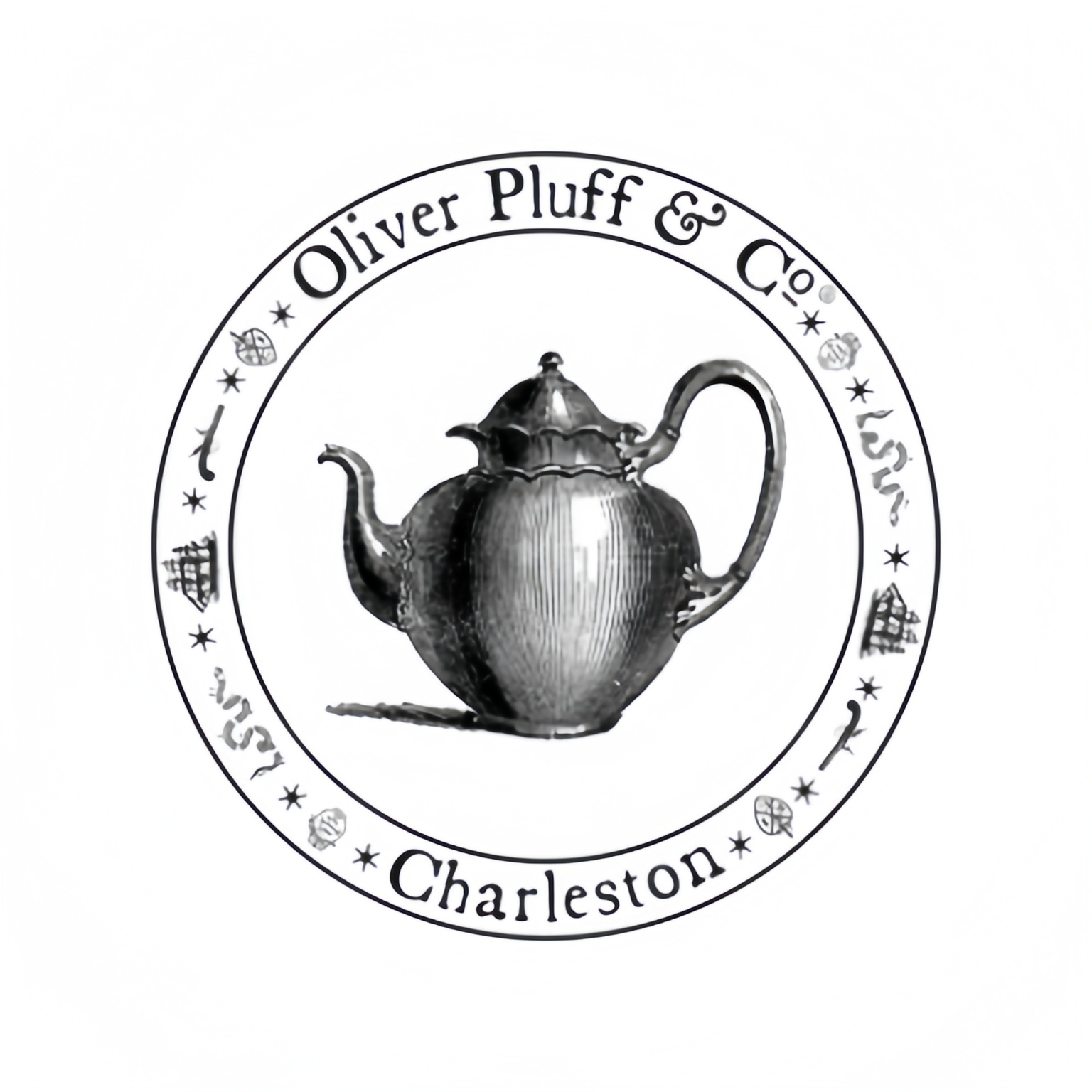Traditional Chinese Tea Set High Artistic Value with Detailed Painting
China is recognized around the world as the home of tea. Traditional Chinese tea has a long history and profound cultural connotations. Drinking tea can cultivate one’s body in general even develop a peaceful mind.
Demand Amplification
What industries do these apply to?
While largely a consumer product meant for personal enjoyment and home use, traditional Chinese tea sets like this may be relevant in a few niches:
Hospitality & Tourism: Luxury hotels, guesthouses, and cultural centers can offer guests a high-end, genuine tea experience with authentic tea sets and display Chinese culture through these tea sets.
Cultural Education & Workshops: Tea houses or cultural organizations that conduct tea ceremony classes and workshops can use these as authentic tools to teach and practice traditional tea ceremony techniques.
Retail & Gifting: Specialty retailers with a focus on tea, home goods, or cultural products can sell these. They are also a great gift for someone who enjoys well-made tea sets, high quality craftmanship, and cultural heritage products.
Restaurants: High-end Chinese restaurants can make the dining experience more memorable by offering tea in sets that customers can see while they drink.
What common issues can be resolved?
This tea set fulfilled a variety of desires/needs for both tea enthusiasts and those unfamiliar with the traditional practice of tea:
Upgrading the Tea Experience: Simply by using a dedicated, ceramic and elegantly decorated set, the simple act of drinking tea is transformed into a ritual. A dedicated set allows drinkers to be more mindful of their tea drinking, from studying the aroma of the tea leaves as they steep to the texture and appearance of the tea liquor itself.
Authenticity/Tradition: Those seeking authenticity in Chinese tea culture will may appreciate the implementation of traditional tea tools that have been used for centuries, whereas one who was not acquainted with Chinese tea may not even know the purpose of half the tools in the set. Many modern or simplified Chinese brewing methods use far fewer tools and vessels.
Hospitality: Making tea with and for guests with a traditional set is both the norm and a very important aspect of hospitality in Chinese culture. This set would allow a tea drinker to fulfill that important social task.
Decoration: With the level of detail and craftsmanship in this particular set, the pieces are suitable for display anywhere, adding a hint of elegance and cultural art to any homeowner’s or visitor’s experience.

Frequently asked
Here are some common questions about traditional Chinese tea sets and their use:
Traditional sets are often made from materials like porcelain, Yixing clay, or ceramic. Porcelain is popular for its heat retention properties and often features intricate paintings or designs. Yixing clay is prized for its ability to season over time, enhancing the flavor of the tea brewed in it.
After each use, rinse the pieces with hot water. Avoid using soap, especially on Yixing clay teapots, as the clay absorbs the tea’s oils and flavors over time, contributing to its unique character. For other materials, mild detergent can be used sparingly, followed by thorough rinsing. Allow the pieces to air dry completely.
A traditional set usually has a teapot or a lidded bowl (known as a gaiwan), tea cups, a tea tray (which often drains excess water), and occasionally a tea scoop, funnel and strainer. Each piece has a ceremonial role in the Gongfu tea ceremony that is designed to elicit the best aroma, colour and character from the tea leaves.
The ceremony – which often forms part of the Gongfu tea ceremony – involves warming the teaware, placing the tea leaves in the pot, performing a quick rinse of the leaves (for some teas) and then brewing the leaves with several short infusions. The tea should be brewed at the optimal water temperature and steeping time for the type of tea in question (the sales assistant will be able to advise you on this). The small teacups are arranged in order to savour the aroma and taste in small, distinct sips.
While you can brew any tea with this set, traditional Chinese tea sets are especially well suited for Oolong, Pu-erh, and other traditional Chinese teas, since the brewing method is intended to extract complex flavors out of the same tea leaves over many infusions. But you can also use them for green, black, or white teas if you prefer.
Consider what kind of material you want (porcelain/ceramic for more delicate teas and aesthetics, Yixing for enhancing some types of teas), the size (most sets are smaller and a few work well for the traditional Gongfu tea service), and the style of design (choose whatever looks appealing to you). Some of these sets have fewer pieces than others, so think about how many people you want to serve at a time.
(This would have to be completed with actual product warranty information)
Put the clean, dry pieces in a place where they won’t accidentally be chipped or broken. Some collectors leave them out as decorative pieces.
Selection/Comparison Suggestions
For a traditional Chinese tea set, how does it stack up against other options?
This beautiful traditional set is unique in its commitment to authentic Gongfu tea practice and its artistic value, making it perfect for those who view tea-drinking as a beloved cultural ritual and appreciate such fine crafts.
| Feature |
Traditional Chinese Tea Set (Exquisite Detailing) |
Simple Modern Tea Set |
Western Style Tea Set |
Gaiwan (Lidded Bowl) Only |
| Aesthetics |
Highly decorative, culturally rich, artisanal |
Minimalist, functional |
Often larger, varied styles |
Simple, focused on brewing |
| Brewing Method |
Designed for Gongfu tea (multiple short infusions) |
Standard steeping |
Standard steeping |
Versatile for various teas, direct brewing |
| Cultural Depth |
Strong connection to traditional Chinese tea culture 1 |
Minimal |
Different cultural origin |
Strong connection to brewing tradition 4 |
| Components |
Multiple pieces (pot/gaiwan, cups, tray, tools) |
Pot, cups |
Pot, cups, sometimes saucers |
Bowl, lid, saucer 4 |
| Experience |
Ritualistic, focused, enhances tea nuances |
Casual, convenient |
Casual, familiar |
Intimate, focused on the leaf and liquor 4 |
| Ideal For |
Enthusiasts, cultural appreciation, gifting, display |
Everyday use |
Everyday use, larger servings |
Personal brewing, appreciating leaf/liquor |
Data Source: Traditional Chinese tea set features (exquisite detailing, Gongfu method, cultural depth, multi-piece components) and the role of gaiwan in Chinese tea culture, from “Chinese Tea Sets: The Ultimate Guide” and the Jiangsu Province Yixing Zisha Protected Geographical Indication (PGI) registry.
Actual Cases/Customer Stories
(Note: As I do not have access to specific customer data or case studies for this product, I will provide a hypothetical example based on common scenarios.)
Case Study: Bringing a Piece of Culture Home
Sarah is a graphic designer who also enjoys learning about Asian culture. She was interested in learning more about Chinese tea ceremonies, but felt intimidated and unsure where to start. She bought this traditional Chinese tea set after being attracted to the exquisite detailing. Upon receiving it, she was impressed by the quality and beauty of each piece.
She first watched some online instructional videos about the Gongfu tea approach. Thanks to the included tea tray and instruments, she found the process surprisingly calming and meditative. She made it a nightly ritual of spending 20 minutes in the evening brewing a small pot of Oolong tea, experimenting with multiple short infusions and watching how the tea evolved. It became a way for her to unwind at the end of a busy day while connecting with a culture that she deeply admired.
Sarah also appreciated the set for the purposes of entertaining. When she had friends over, she would share the tea ceremony with them, explaining what all the pieces meant and how to perform the different steps. Her friends were intrigued and appreciated the different flavour profiles of the tea and the interactive nature of the brewing process. The tea set served as a talking point and a lovely fixture in the living room, a testament to her respect for traditional arts and the simple joy of a beautifully brewed cuppa.
This fictional tale illustrates how the set becomes more than teaware, serving as an invitation to cultural exploration, a medium for mindful practice, and a way to share a special experience with others.























Isabella Garcia –
A beautiful addition to my collection. The tradional motifs are painted with such precision. Each cup of tea feels ceremonial.
Rachel Cohen –
I chose the red color pot especially for rosee tea but I use for any other tea daily too. Color is elegant, the weight is perfect not too heavy nor light, the glass
Kevin Nguyen –
Great quality for such a cheap price. It survived the trip from Cali to TX and it looks just as it did in the pics. No buyers remorse here.
Samantha Park –
Amazing attention to detail in every piece. The glaze technique is amazing, and adds depth to the colors. Top notch museum quality.
Marcus Williams –
I love this set so much. The traditional designs make me feel like I am drinking tea in an ancient Chines tea garden. Art in a ceramics form.